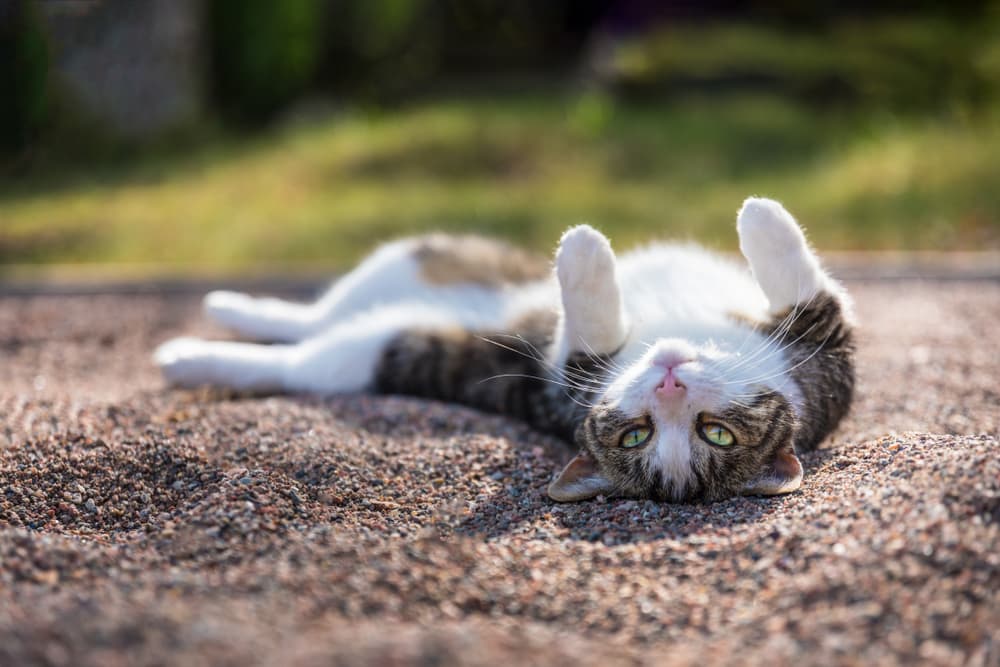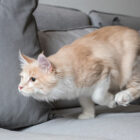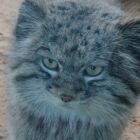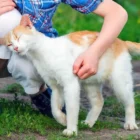Why does my cat roll over?

Cats display a diverse range of behaviors, and one common action is their tendency to roll over. While there isn’t extensive scientific research solely focused on this behavior, several factors rooted in feline instincts and environmental cues provide insights into why cats might roll over.
Trust and Comfort
Dr. Mikel Delgado, a certified cat behavior consultant, suggests that when a cat rolls over in the presence of its owner, it may indicate a sign of trust and comfort. Rolling over exposes a vulnerable part of a cat’s body, indicating that they feel safe and relaxed in their environment.
Playful Behavior
Dr. John Bradshaw, an expert in animal behavior, explains that rolling over can be a playful behavior in some cats. It might be part of a playful interaction, especially when cats are engaging with toys or when they are playing with their owners.
Stretching and Grooming
Rolling over might also be a way for cats to stretch their bodies or engage in self-grooming. Dr. Sharon Crowell-Davis, a veterinary behaviorist, notes that cats often roll over as part of their stretching routine, similar to when they groom themselves by licking their bodies.
Seeking Attention
Dr. Carlo Siracusa, a veterinarian specializing in animal behavior, suggests that cats might roll over to seek attention from their owners. By displaying this behavior, they might be inviting petting, belly rubs, or interaction with their human companions.
Scent Marking
Dr. Rachel Barrack, a veterinarian, explains that when a cat rolls over, they might be scent marking the area with the scent glands on their body. This could be a way for them to mark their territory or indicate a sense of belonging.
The behavior of cats rolling over is often a combination of expressing trust and comfort, engaging in play, stretching, seeking attention, and potentially scent marking. Understanding a cat’s behavior, respecting their cues, and providing affection or interaction if the cat allows it is crucial in responding to this behavior.
For cat owners, acknowledging a cat’s comfort level and cues when displaying this behavior is essential to maintain a positive and harmonious relationship with their feline companions.










